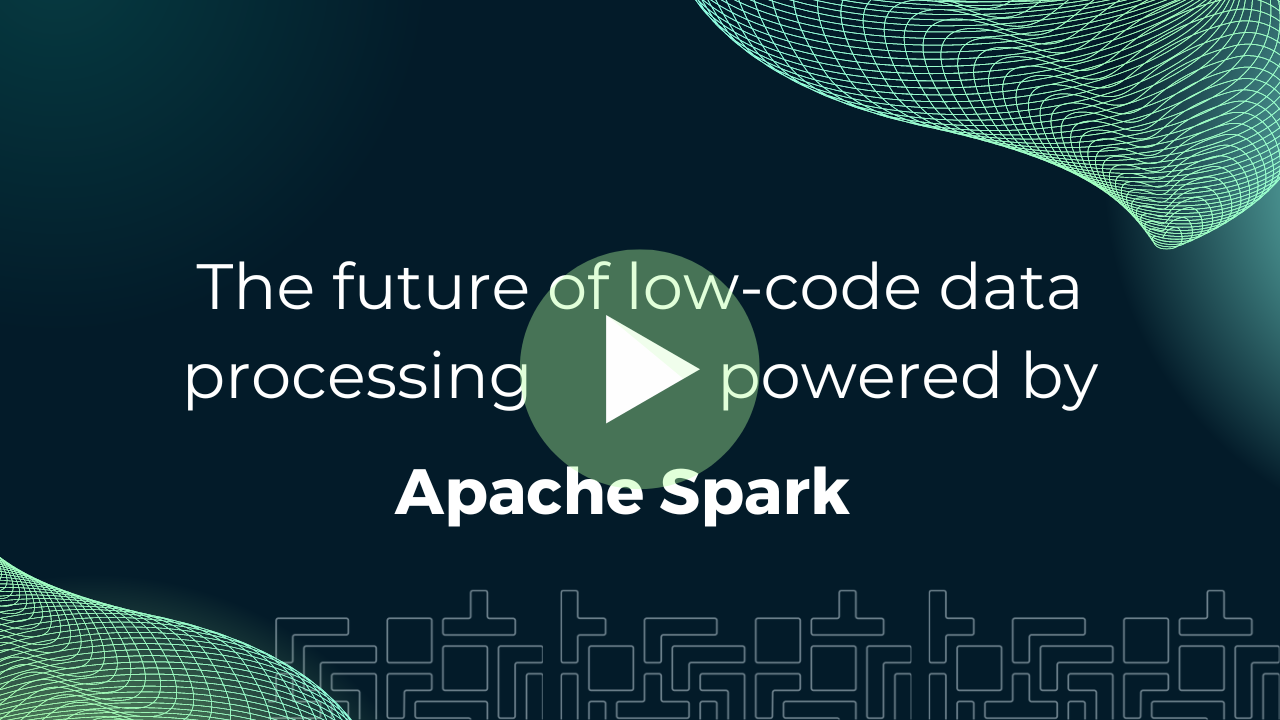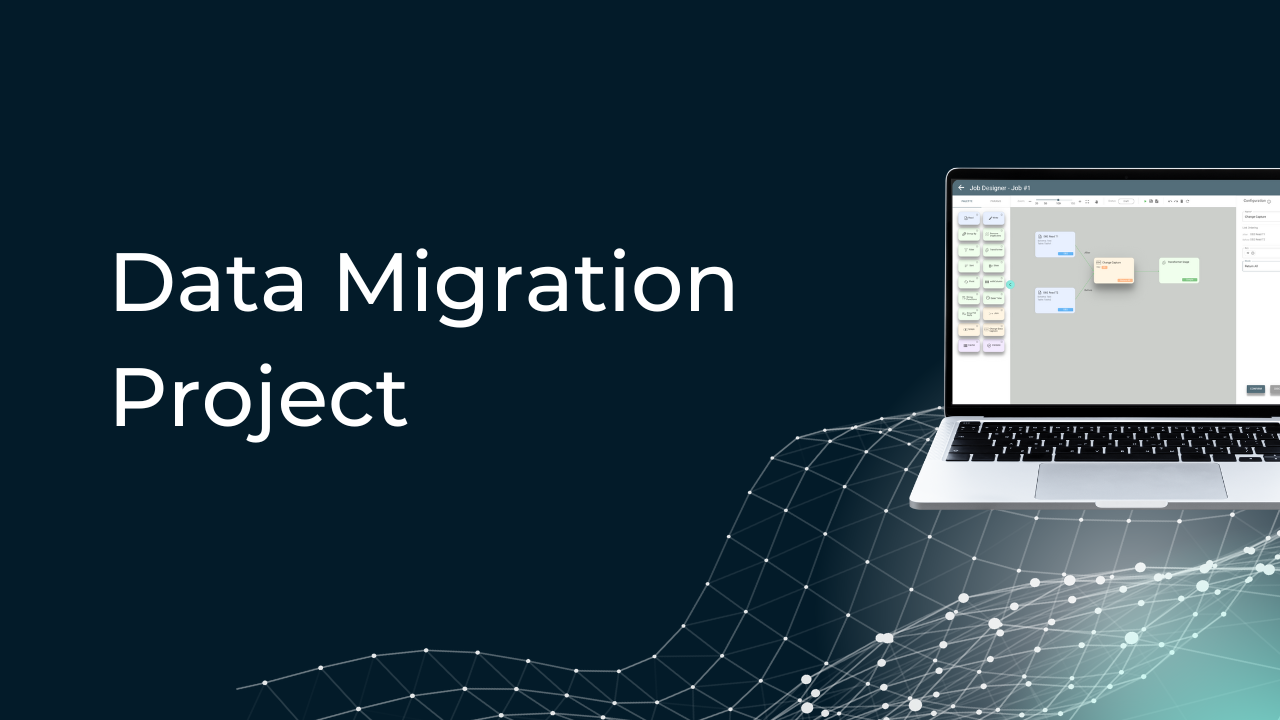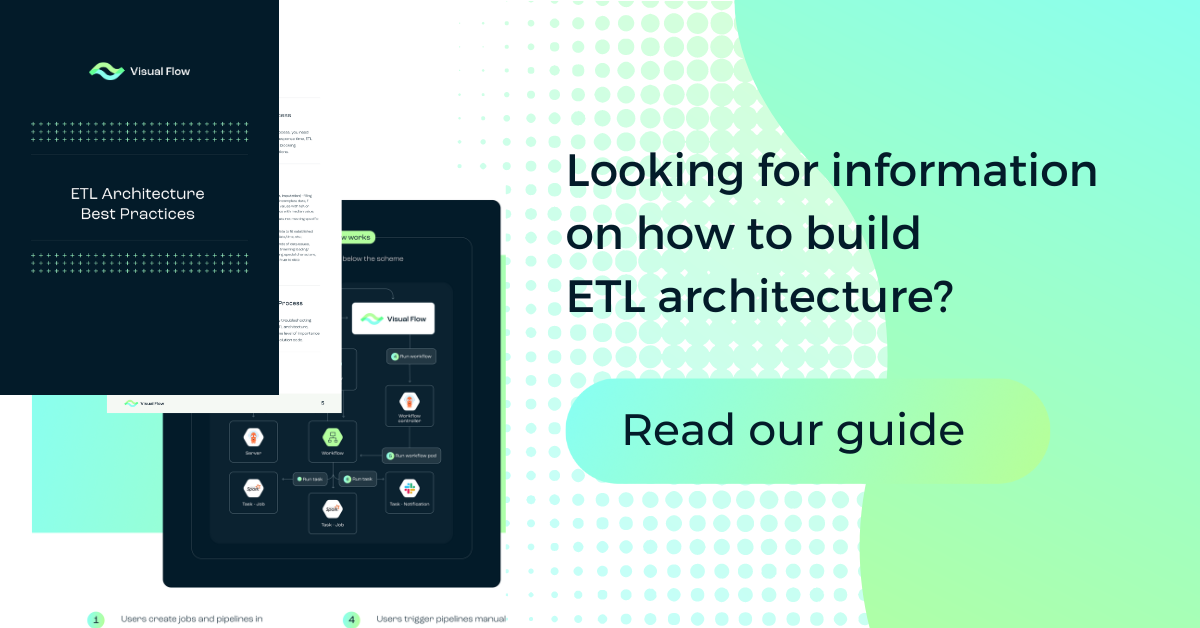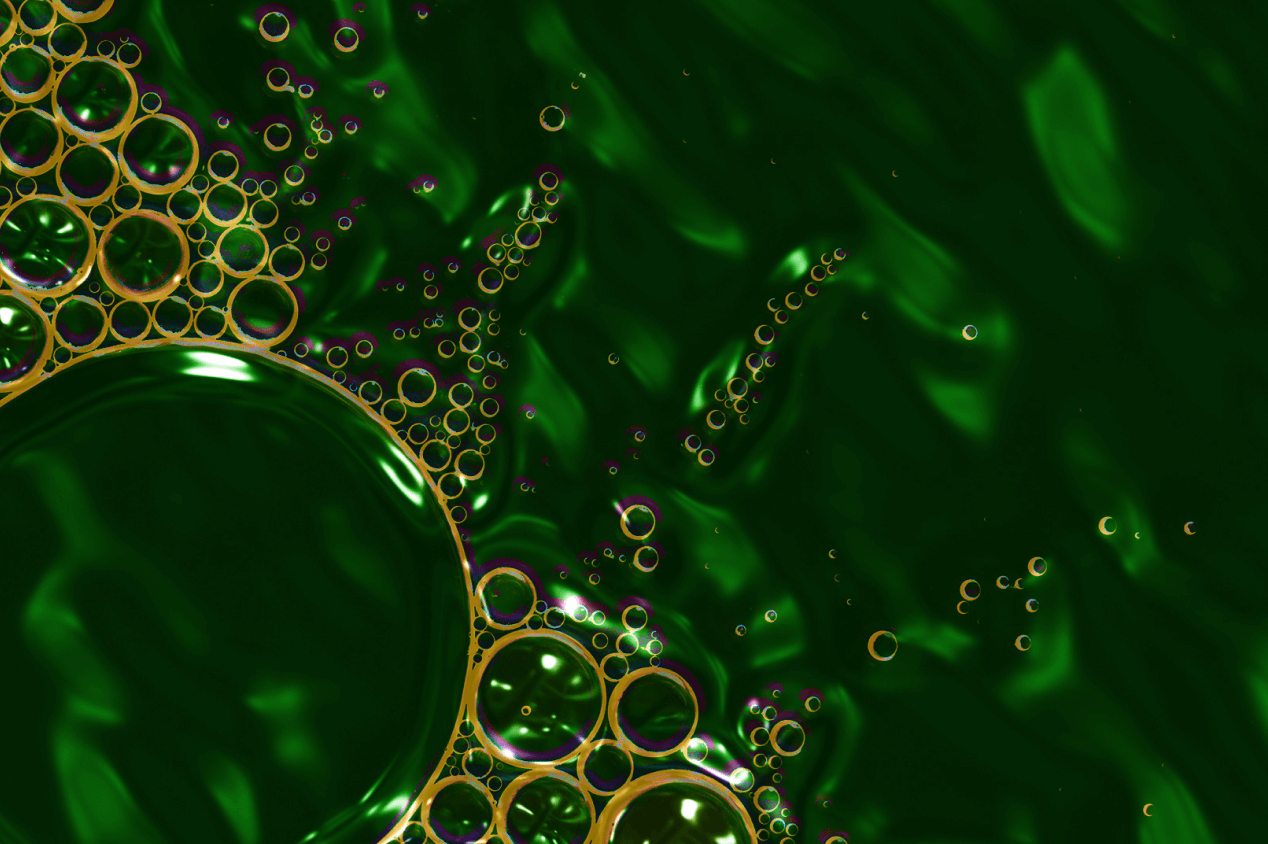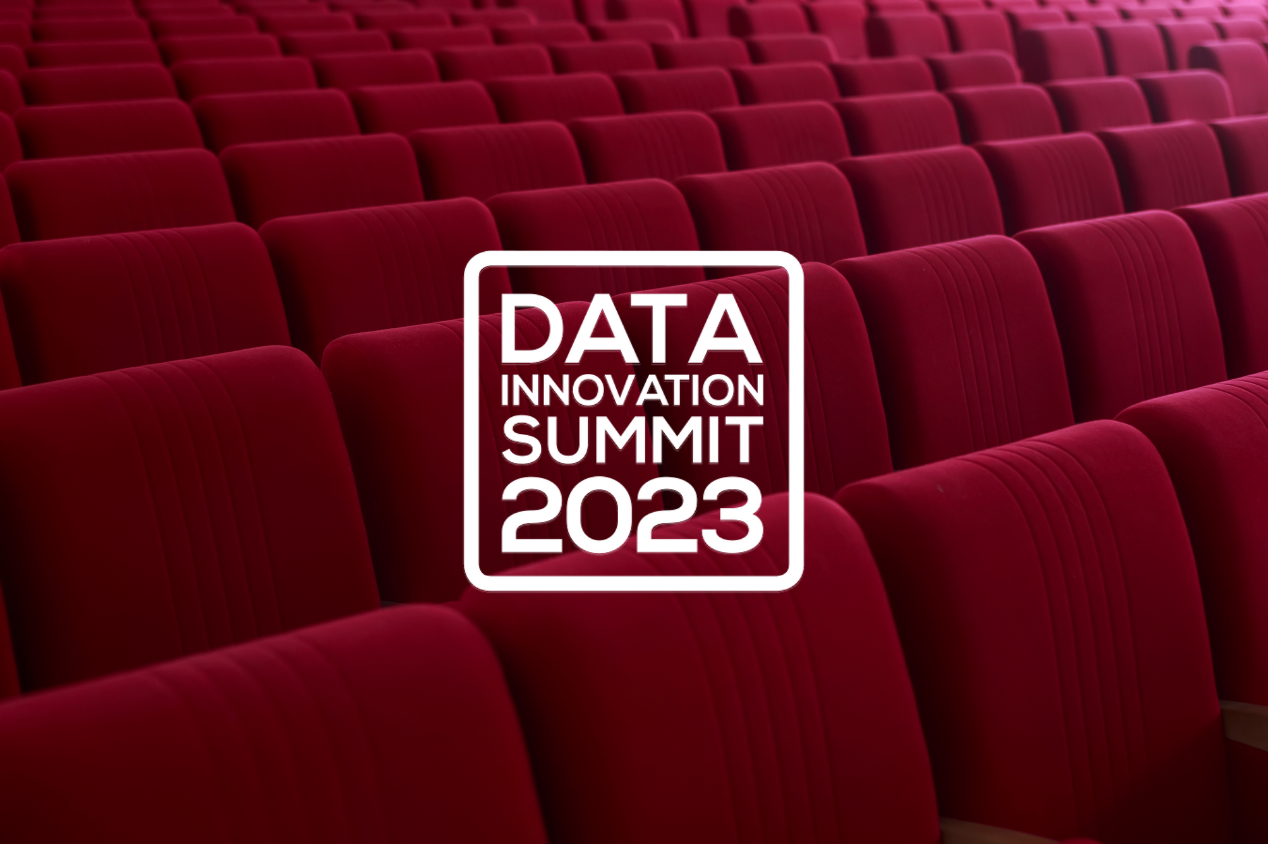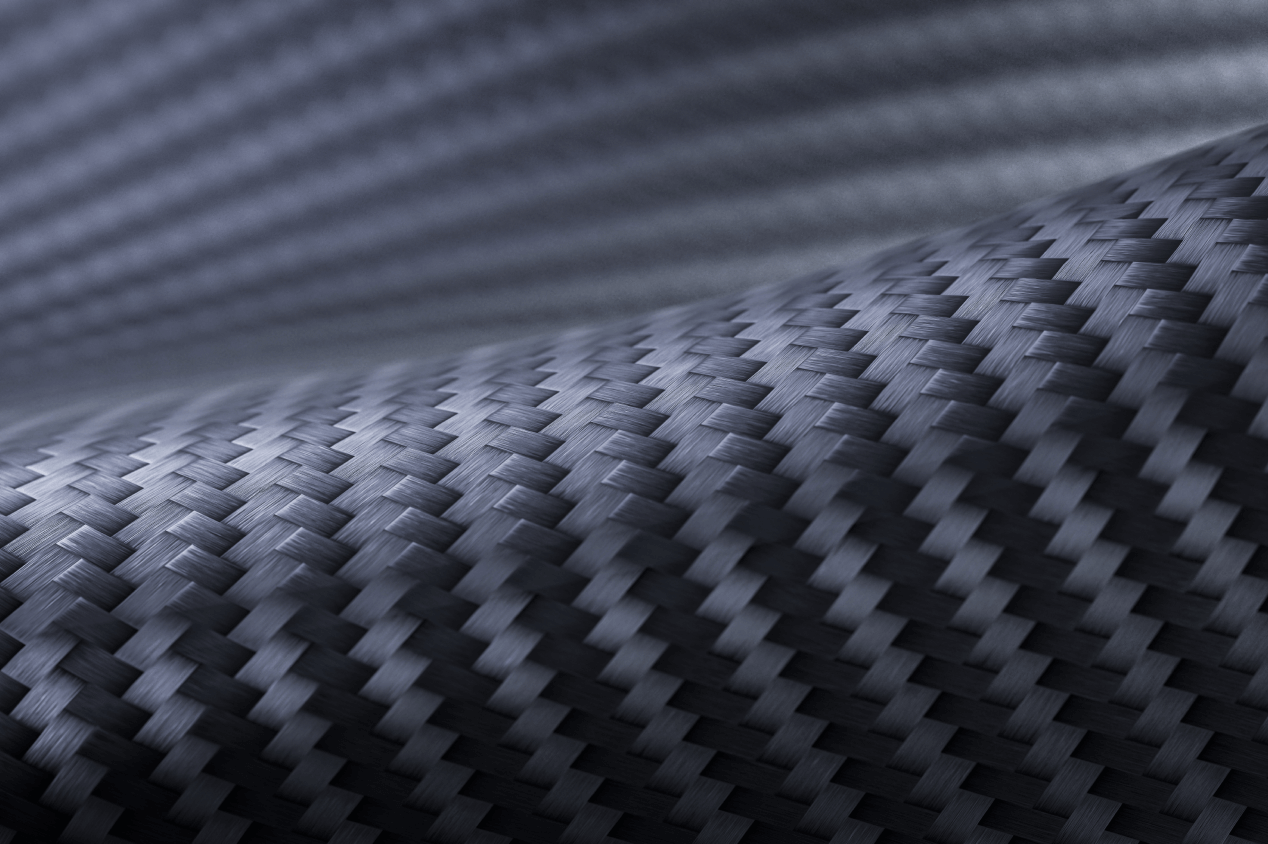Table of Content:
Table of Content:
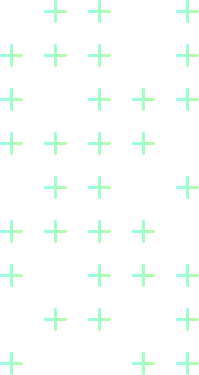
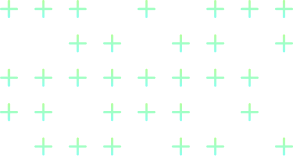
Five billion gigabytes of data. This is the number Eric Schmidt, executive chairman of Google, said in 2010 about the amount of data humanity has created throughout its history up to 2003. Now, however, we are generating 2 billion gigabytes every day and the rate only continues to accelerate. Forbes calculates that by 2020 the amount of information humanity has accumulated is about 44 zettabytes or 44 trillion gigabytes. Other analysts give similar figures of around 30-35 zettabytes. This growth rate is truly astounding until you learn that less than 0.5% of all this data has been analyzed and used.
This introduction emphasizes the importance of information processing and analysis in our time. Whoever does it before anyone else can get ahead of the curve and outpace the competition by light-years. But to get a piece of that pie, you need the right tools. That’s what we’re going to talk about today. In this article, we’ll discuss Apache Spark and Hadoop MapReduce—two popular frameworks for the preparation, processing, management, and analysis of big data sets. Let’s find out the key difference between Spark and MapReduce, what tasks they are designed for, and most importantly, which one is best for your business by comparing MapReduce vs. Spark.
What is Apache Spark?
Apache Spark is a big data framework for distributed in-memory processing developed by Apache Software Foundation. Spark supports processing structured data (e.g., tables), semi-structured data (JSON, YAML, XML, etc.), and unstructured data (texts and other media formats).
Spark is part of the Hadoop Ecosystem but can interface with the Hadoop cluster, fetch and save data to HDFS, run on the same cluster servers as Hadoop, and run independently of Hadoop. Apache Spark has an API for Scala, Python, Java, and R languages.
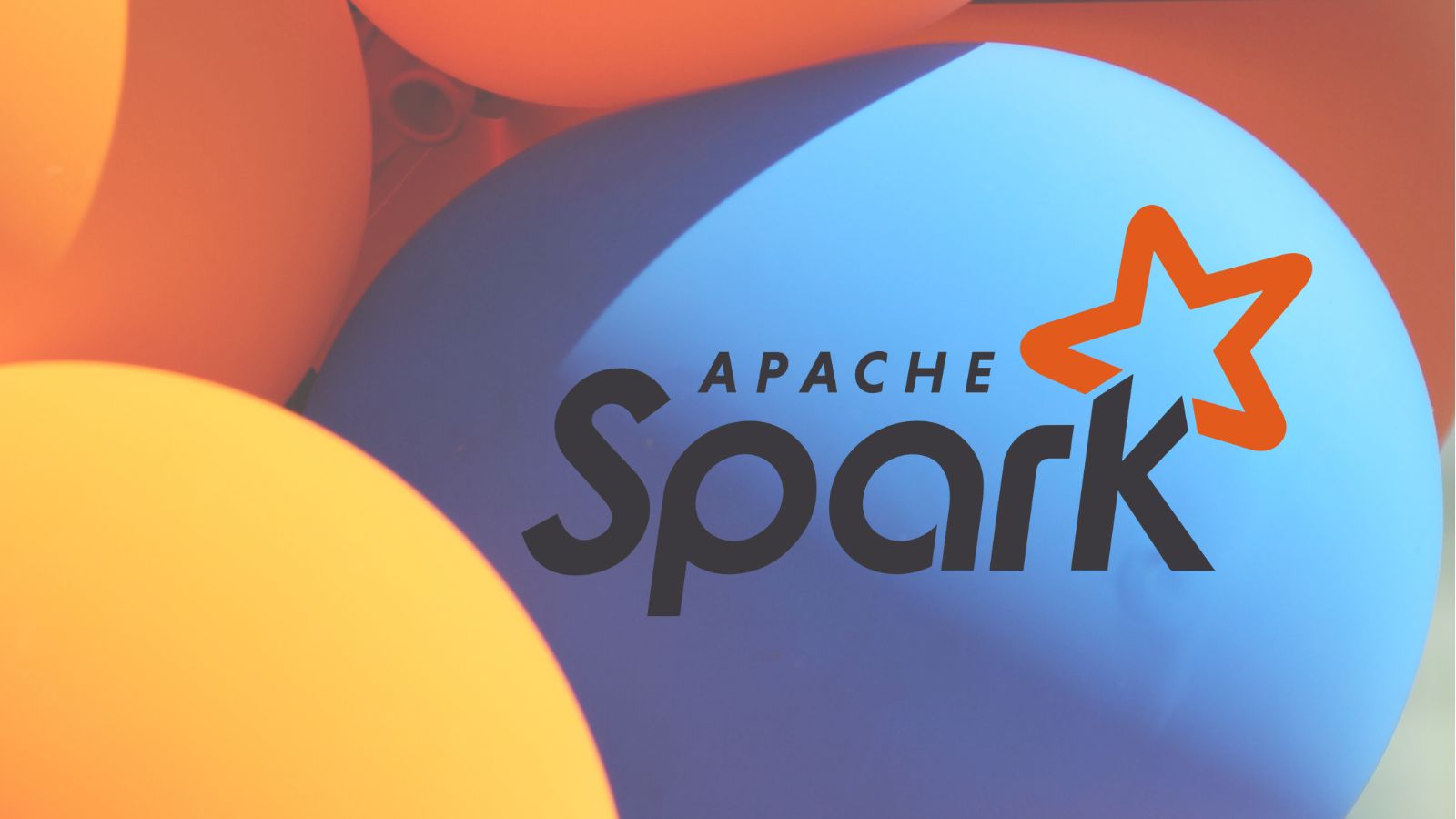
One of the most significant advantages of Apache Spark is its speed, as it allows you to process data directly in RAM, which is exactly why Spark is faster than MapReduce. This makes many big data processing tasks, such as Machine Learning, significantly faster. However, this is not the only advantage of the Spark framework. Its features include:
- Performance;
- User-friendly interface;
- Rich API;
- Extensive functionality thanks to a multi-component structure in the form of Spark SQL, Spark Streaming, and MLLib modules;
- Delayed or lazy evaluation;
- Distributed data processing;
- Simple data rotation in matrix and vector operations;
- Easy conversions from one data structure to another;
- Dynamically developing open-source nature with an active community of Spark engineers.
Some examples of Apache Spark applications are:
- Banks and insurance companies (forecasting demand for services);
- Search engines and social networks (identifying fake accounts, optimizing targeting, etc.);
- Cab services (time and geolocation analysis, demand, and price forecast);
- Transportation and airlines (models for predicting flight delays);
In general, Spark is suitable for any tasks where fast processing of large data volumes or advanced analytics on big data are required.
What is Hadoop MapReduce?
Hadoop is one of the solutions for storing and analyzing big data. It is used by Google, Amazon, Facebook, Twitter, eBay, and other market giants. The technology is suitable for any business that works with data volumes over a terabyte. It is optimized to work on virtual machines and is easily scalable. Therefore, cloud providers offer it to companies as a service in the cloud, which is easy to implement and apply.
In the context of this article, we are interested in the Hadoop MapReduce component. It is a YARN-based framework that implements the well-known MapReduce approach to distributed computing. Data is first spread to multiple nodes in a cluster, where preprocessing is run in parallel, after which the results are sent to the central node of the cluster, which provides the final results.
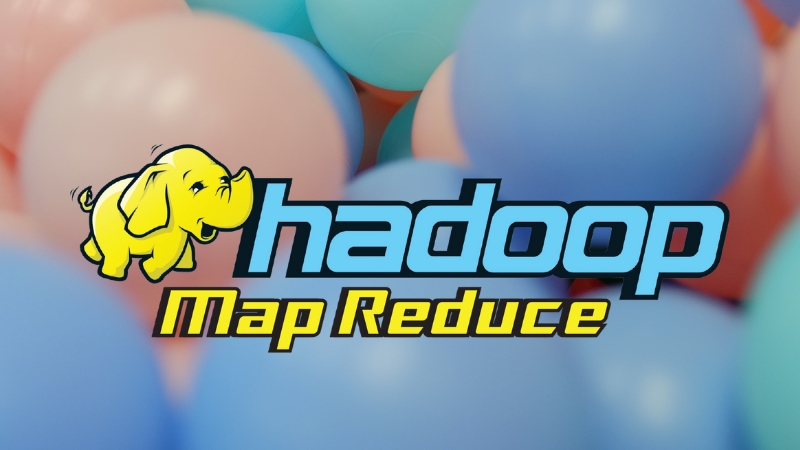
Hadoop helps manage and analyze arrays of information, prepare it for uploading to other services, and collect statistics.
Hadoop is best suited to work with unstructured data, i.e., unordered information without a certain structure, which is difficult to classify and categorize into groups. For example, with documents, messages, audio and video recordings, and images.
The system can search for the necessary information in a vast archive and get a small amount of meaningful information. For example, count unique users in traffic from millions of IP addresses.
Hadoop consists of several tools. In particular, a file database and ready-made solutions for their processing. Its key advantages are:
- Storage and fast processing of any data. Hadoop can be configured to process information from all company Internet and social media sites, customer service systems, industrial sites and sensors, financial reports, and other sources. Data archives in Hadoop are arranged to be accessed as soon as they are needed.
- High computing power. This is why Hadoop processes data quickly. The power depends on the number of computing nodes.
- Fault tolerance. In case of hardware failure, for example, if a node fails, the data will go to another node, eliminating errors. Copies of the data are automatically stored in the system.
- There is no need to process the data before saving it.
- Scalability. You can add more nodes if the data volume increases.
Key Metrics for Comparison
We’ve got the definition figured out. However, to determine the winner of the Spark vs. Hadoop competition, we must compare the two tools face-to-face. To do this, we have selected several key criteria.
- Speed
- Difficulty of learning
- Ease of operation and use
- Ability for real-time analysis
- Latency
- Interactivity
- Streaming
- Recovery
- Scheduler
- Fault resiliency
- Data security
- Language
- Compatibility
- Data process
- Scalability
- Community support
- Cost
Below, we break down each of these criteria in the context of comparing Hadoop and Spark.
MapReduce vs. Spark: Speed
- Apache Spark: A high-speed processing tool. Spark is 100 times faster in memory and 10 times faster on disk than Hadoop. This is achieved by processing data in RAM. This is probably the key difference between MapReduce and Spark.
- Hadoop MapReduce: MapReduce uses disk memory. This makes the processing speed and overall efficiency much slower, which is crucial in Spark vs. MapReduce comparison.
Winner: Apache Spark
Spark vs. MapReduce: Difficulty of learning
- Apache Spark: It has tons of high-level operators, making learning quicker.
- Hadoop MapReduce: Takes more time to learn.
Winner: Apache Spark
Apache Spark vs. MapReduce: Ease of operation and use
- Apache Spark: Has a complete data analytics engine on board, making it easier to learn and requiring less coding knowledge.
- Hadoop MapReduce: More difficult to learn and requires in-depth coding skills.
Winner: Apache Spark
Hadoop MapReduce vs. Spark: Ability for real-time analysis
- Apache Spark: Capable of processing real-time data almost instantaneously.
- Hadoop MapReduce: Unable to process data in real-time.
Winner: Apache Spark
Spark vs. Hadoop MapReduce: Latency
- Apache Spark: Latency is extremely low. Very fast tool.
- Hadoop MapReduce: The performance is quite low. High latency.
Winner: Apache Spark
Spark vs. Hadoop: Interactivity
- Apache Spark: Capable of processing data interactively.
- Hadoop MapReduce: Not capable of interactively processing data.
Winner: Apache Spark
Hadoop vs. Spark: Streaming
- Apache Spark: Spark Streaming.
- Hadoop MapReduce: Not capable of streaming.
Winner: Apache Spark
Apache Spark vs. Hadoop: Recovery
- Apache Spark: A fault-tolerant solution.
- Hadoop MapReduce: Also a fault-tolerant solution, but experts say it is more reliable than Spark due to the use of the disk instead of RAM.
Winner: Hadoop MapReduce
Spark vs. MapReduce: Scheduler
- Apache Spark: Has its own scheduler.
- Hadoop MapReduce: Requires an external scheduler. Another major difference between Spark and Hadoop.
Winner: Apache Spark
MapReduce vs. Spark: Fault resiliency
- Apache Spark: A fault-tolerant solution, but data scientists say errors appear with use after a long time.
- Hadoop MapReduce: Also a fault-tolerant solution. Slightly more robust than Spark.
Winner: Hadoop MapReduce
Apache Spark vs. MapReduce: Data security
- Apache Spark: Less secure. This aspect of the technology is in the process of being finalized.
- Hadoop MapReduce: More secure.
Winner: Hadoop MapReduce
Hadoop MapReduce vs. Spark: Language
- Apache Spark: Scala.
- Hadoop MapReduce: Java.
Winner: A draw, since the languages perform their functions in both cases.
Spark vs. Hadoop MapReduce: Compatibility
- Apache Spark: Compatible with various data sources.
- Hadoop MapReduce: Also compatible with various data sources. There is no difference between Hadoop and Spark in this regard.
Winner: Draw
Spark vs. Hadoop: Data Processing
- Apache Spark: Can process batch, graphs, and includes the MLlib machine learning library.
- Hadoop MapReduce: Can process batch.
Winner: Apache Spark
Hadoop vs. Spark: Scalability
- Apache Spark: A scalable solution. Up to 1,000 Nodes in a single cluster.
- Hadoop MapReduce: Same as with Spark. Up to 1,000 Nodes in a single cluster.
Winner: Draw
Spark vs. MapReduce: Community
- Apache Spark: A newer and more functional solution that has captured the attention of most data scientists.
- Hadoop MapReduce: The MapReduce community is still quite large. Most experts working with Spark know Hadoop as well. Nevertheless, in the battle of Spark vs. Hadoop MapReduce, the latter’s popularity has only been declining over time.
Winner: Apache Spark
MapReduce vs. Spark: Cost
- Apache Spark: This framework uses RAM and therefore is more hardware intensive. It may require more resources to implement.
- Hadoop MapReduce: MapReduce can run on relatively old hardware. It doesn’t require hardware upgrades.
Winner: Hadoop MapReduce
Total score
- Apache Spark: 13
- Hadoop MapReduce: 7
Which Tool to Choose
So you just got a bunch of theory and a lot of parameter comparisons. It’s time to decide who the winner of the Apache Spark vs. Hadoop battle is. However, as you may have already realized, the winner is pretty obvious, and it’s Spark, but with several nuances to be mentioned.
Overall, Spark beats Hadoop on most criteria, the main one being speed. In Hadoop vs. Spark comparison, the latter is much more readily used by modern data scientists due to its ease of learning and may very well replace Hadoop entirely in the near future. Spark can handle any type of requirements (batch, interactive, iterative, streaming, graph) while MapReduce is limited to batch processing. This framework can perform many tasks simultaneously, handle incoming information, and even add machine learning to the cluster. MapReduce is cheaper but slower than Spark, making it a perfect fit for non-urgent tasks that require you to process big amounts of data.
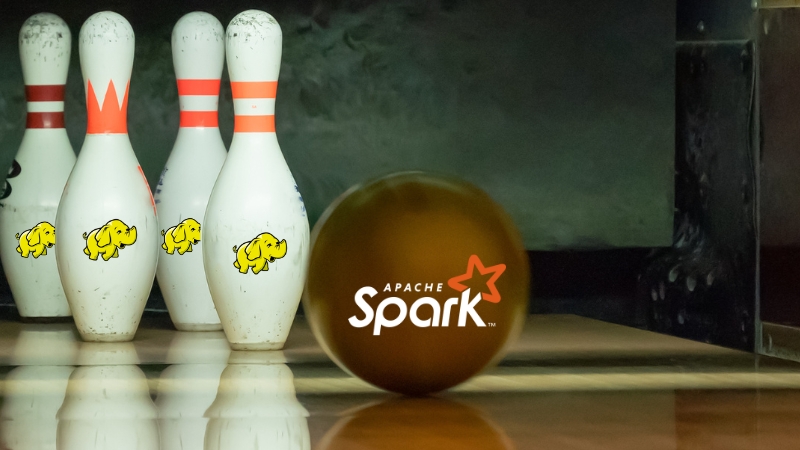
At the same time, Hadoop also has its advantages. For example, it is much less demanding on hardware. In addition, Hadoop gives the ability to work with features that Spark doesn’t have, such as a distributed file system, and many experts note the greater stability of Hadoop when working in large intervals of time. Although Spark is more advanced in many ways, you may well combine the two tools to get the best results possible without choosing between Hadoop MapReduce or Spark.
Nevertheless, to deal with big data processing, you’ll have to involve corresponding experts one way or another. And this is the point at which we recommend you look at Visual Flow. We offer a convenient and feature-rich product for preparing big data for analysis.
Visual Flow creators have many years of expertise from their parent company IBA Group, granting us an in-depth understanding of various industries and experience with corporate technologies and data sources. Contact Visual Flow as soon as possible, and we’ll decide together which data preparation and processing method is right for your business.
Conclusion
The development of information technology has made it possible to obtain, in real-time, a huge variety of data about the surrounding reality. Today, big data is an indispensable source of valuable information used in all significant areas of life. Entrepreneurs from various spheres of business have come to understand that data is a treasured resource, which, if used properly, can become a powerful instrument of influence. Analysts predict that in 10-20 years, big data will be the primary means of capitalization and will play a role in society comparable in importance to the electric power industry today.
This is why it is important to do everything possible to maximize the use of this resource. To do that, you need the right tools, such as Spark, Hadoop, or Visual Flow. However, tools are not the only thing. First and foremost, you require the expertise to work with big data. And Visual Flow engineers have it. Contact us as soon as possible, and we will analyze all your business requirements and come up with a solution that suits you best.
FAQ
It directly depends on the needs and capabilities of your business. By conventional standards, in a battle between Apache Spark vs. Hadoop MapReduce, the former is considered a better tool for handling big data in today’s reality. Nevertheless, it may require significant capacity in terms of hardware.
In simple terms, yes. Spark is based on the MapReduce algorithm, but Spark uses cluster computing to extend the MapReduce model and significantly increase processing speed.
The main benefit of Spark in the Apache Spark vs. MapReduce competition is the unprecedented speed of data processing. Roughly speaking, Spark is simply a newer tool that is better prepared for today’s challenges in most use cases. It’s great for real-time data processing, and it’s also suitable for integration with machine learning technologies.
Contact us
